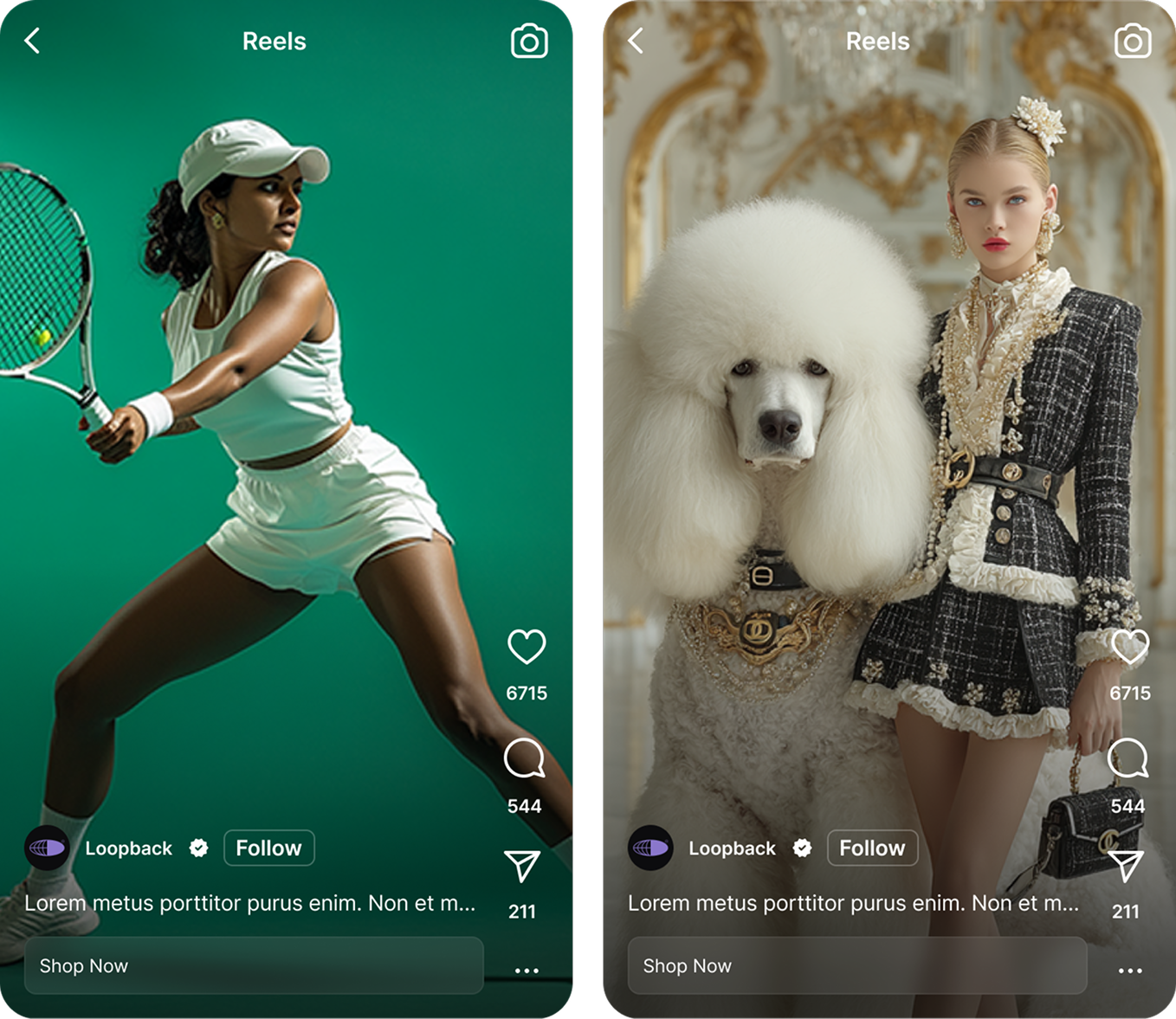Scaling From 10 to 1,000 Creators Without Losing Control

Evidence First: The Research-Backed Case for Scaling With Control
Scaling creator programs is not a vanity exercise—it’s about building durable acquisition channels while protecting brand, margins and creator relationships. Start with evidence: platforms that invest in creator tooling and enablement increase creator retention and output quality [1]. Recommendation systems must balance short-term satisfaction with long-term supply diversity to avoid feedback loops that reduce creator opportunity [2]. Invest early in workflow and rights infrastructure to avoid disruptive replatforming [3], and institutionalizing analytics turns creators’ decisions from gut-led to data-informed [4]. Pace growth to avoid burnout and financial shock; sustainable scale beats boom-bust cycles [5]. In short: codify non-negotiables, automate routine controls, embed coaching and analytics, and measure supply/quality trade-offs continuously.
Design Your Control System: Principles, Guardrails, and Creator Tiers
Before you recruit the 100th creator, define the operating model that preserves quality at scale. Clear principles make operational choices simple and repeatable: brand safety, compliance, authenticity and transparent creator conduct. Treat these as non-negotiables that feed every brief, contract and approval flow.
Principles and non-negotiables
Document brand-safety rules (forbidden claims, imagery and tone), disclosure requirements (FTC/ASA) and authenticity standards (no fabricated testimonials). Make these clauses part of onboarding so every creator understands the floor before they post.
Tiered creator framework (10 → 1,000)
Use a three-tier model to scale control without micromanaging every creator: Tier 1 (pilot/seed) is high-touch: deep collaboration, bespoke coaching and creative templates. Tier 2 (program) uses standardized briefs, SLAs and creative QA. Tier 3 (at scale) is automation-first with periodic spot checks and sampling for quality assurance. Each tier has its own rate card, usage terms and monitoring cadence.
Quality control and content governance
Operationalize quality with pre-flight checklists, creative rubrics and peer-review circles inside your creator CRM. Automate brand-safety scans (image and text classifiers), set escalation thresholds and define a remediation workflow for non-compliant content so fixes are fast and consistent.
Rights, usage, and paid amplification
Build a lightweight licensing vault with usage windows, whitelisting rules and auto-renew reminders. Standardize ad-usage fees for paid amplification and require creators to opt into partnership ads up front; this keeps ad legal and measurement tidy.
Legal & trust/safety
Bake FTC/ASA disclosure templates, UGC IP assignments and geo-compliance into contracts. Make data-privacy expectations explicit (no unsolicited PII collection) and keep an audit trail for each asset’s permissions history.
From 10 to 100: Precision Sourcing, Niche Segments, and Paid Amplification
The jump from a handful of trusted creators to a hundred requires discipline: recruit to demand, not to fame. Map the pockets of demand (personas, subcommunities, life moments) and score creators on audience fit, format proficiency and reliable output velocity. Prioritize creators whose audiences map cleanly to conversion funnels over large but misaligned followings.
Recruiting the "right 100" (not the most famous 100)
Create a simple scoring rubric: audience overlap (reach into target persona), format fit (short-form video vs static), cadence (can they deliver weekly/biweekly) and brand alignment. Use discovery filters in your CRM to shortlist, then verify engagement quality with manual spot checks and simple fraud screening.
Creative systems that scale authenticity
Limit briefs to 1–2 core formats per persona and provide templates, hooks and swipe files so creators can be authentic within constraints. Standardize caption disclosure language, CTA formats and a short QA checklist to keep message fidelity high without killing creativity.
Amplify what works—responsibly
Allowlist top-performing creator assets for partnership ads and allocate a predictable amplification budget per segment. Run small split tests by niche (for example, “busy moms” vs “festival-goers”) across Instagram and TikTok to validate cross-channel performance before scaling budgets.
Case study application: niche community targeting + hybrid organic/paid. See Loop Earplugs case study for a practical example of segment-led recruiting across Instagram and TikTok, blending organic creator content with allowlisted amplification to efficiently reach defined communities and improve ROAS.
Loop Earplugs case study
 Learn more
Learn more
From 100 to 1,000: Systematize With AI Matching, International Ops, and Workflow Automation
Scaling to thousands requires machine assistance and process standardization. Use AI-driven fit scoring to shortlist creators by audience quality, historical CTR/CR and content resonance. Automate repetitive vetting (fraud checks, brand-safety scans, disclosure history) so human reviewers focus on high-leverage decisions.
AI-driven creator selection at scale
Train a fit model on historical creator performance and business outcomes. The output should be a ranked list with confidence bands; use the score to batch outreach and prioritize contract negotiation for the highest-likelihood performers.
Internationalization playbook
Centralize strategy but localize execution: hire regional ops leads, maintain a library of localized briefs and legal templates, and handle tax/currency through payroll partners. Combine local creators with centrally produced creative pillars to keep brand consistent across markets.
Production and asset pipeline
Automate content calendars, batch briefs and naming/version standards. Build a rights registry that tracks usage windows and auto-notifies renewals. Enforce metadata standards (market, language, SKU, permission flags) so assets are discoverable for reuse.
Performance media integration
Treat creators as a predictable creative supply for performance media: run Partnership/Creator Ads, enable dynamic creative testing and use budget pacing and caps to protect margins. Integrate attribution signals into your BI stack so media buys and creator performance are evaluated together.
Case study application: AI + multi-market expansion. Refer to the Zelesta case study for an example of AI-driven selection across multiple European markets that produced repeatable ROI uplift while preserving control across regions.
Zelesta case study
 Learn more
Learn more
Pay the Right Way: Compensation Models, Unit Economics, and Cost Control
Compensation should reflect tier, business goal and marginal value. For pilots, pay higher fixed fees plus learnings bonuses. For performance programs, use CPA/CPS structures or hybrid fixed+performance to align incentives. For ads licensing, standardize usage fees and cap ad amplification spend per creator to control budget exposure.
Compensation architecture by tier and goal
Tier 1: fixed retainers with milestone bonuses and content co-development. Tier 2: fixed briefing fees + cost-per-asset and small performance kicker. Tier 3: scalable CPA/CPS or gifting combined with clear usage licensing for ads.
Budget control mechanisms
Use caps per tier, dynamic rates tied to rolling performance, and clawbacks for non-delivery. Maintain a separate amplification pool rather than ad-hoc boosts from campaign budgets to avoid surprise overrun.
Financial instrumentation
Standardize cost-per-asset, cost-per-view/click/acquisition dashboards and run scenario forecasts (ramp-up pace, ramp-down triggers, ROAS floors). Make these dashboards available to program leads to keep spend decisions data-driven.
Case study application: zero-fee creator supply via gifting is a viable lever when aligned with brand and tracked carefully. See the Secret Sales gifting case study, where product gifting to creators produced significant ROAS without direct creator fees; gifting must be paired with strict tracking and usage terms to protect measurement and margins.
Secret Sales gifting case study
 Learn more
Learn more
Measure What Matters: Control Dashboards, Experimentation, and Safety Nets
If you can’t measure supply health and quality, you can’t scale safely. Build a metrics tree that ties supply, quality, growth, revenue and safety into a single control dashboard with leading indicators and automated alerts.
Metrics tree and leading indicators
Supply health: active creators by tier, on-time delivery rate, content throughput. Quality: adherence scores, brand-safety flags, audience sentiment. Growth and revenue: impressions, reach composition, CTR, saves/shares, ROAS, CAC and LTV lift. Trust & safety: disclosure compliance and fraud flags.
Experimentation cadence
Run weekly creative A/B tests (hooks, formats, CTAs), monthly audience/niche experiments and quarterly portfolio refactors. Use geo-holdouts and incremental lift tests for rigorous validation before you scale budgets.
Control tower and alerts
Create threshold-based alerts (ROAS floors, CPA ceilings, safety incidents). Automate lifecycle triggers: auto-pause on repeated non-compliance and fast-track contracts for sustained outperformance.
Data plumbing
Standardize UTM and metadata naming, ensure PII-safe event tracking, integrate BI and ad platforms, and keep immutable audit trails for permissions and usage. Good plumbing turns operational decisions into repeatable outcomes.
Your 90-Day Execution Plan: People, Playbooks, and Scaling Milestones
A pragmatic 90-day plan focuses on guardrails, rapid sourcing, and steady automation. Staff a small, cross-functional core and prioritize playbooks that reduce decision friction. Below is a compact operational roadmap you can execute in month-long sprints.
Team and roles
Core hires: Program Lead (P&L owner), Creator Ops, Creative Strategist, Community Manager, Data/BI, Legal/Compliance and Paid Media. Start with contractors for regional ops and move to full-time when you hit consistent monthly KPIs.
Tooling stack
Essential tools: a creator CRM, brief and contract automation, brand safety/moderation tooling, rights management, analytics/attribution and ads manager integration. Prioritize tools that integrate well via API to avoid siloed datasets.
30/60/90-day milestones
Days 1–30: Define guardrails, tiering and legal templates; seed 20–30 creators and set baseline dashboards. Days 31–60: Scale to 100–150 creators via AI matching, enable Partnership/Creator Ads and run first geo tests. Days 61–90: Expand to 250–400 creators; introduce performance tiers and rate cards; internationalize ops and codify the quarterly operating review.
Risk register and mitigations
Burnout: schedule wellness check-ins, reasonable SLAs and content batching. Budget overrun: set ROAS floors and stage-gated spend with auto-pauses. Brand risk: require pre-flight checks and post-flight audits with clear escalation protocols.
Selected case studies for this article
Loop Earplugs — The Loop Playbook for Creator Marketing; Zelesta — Zelesta's ROI-Driven Influencer Marketing Expansion; Secret Sales — Secret Sales' Gifting Campaign Maximizes ROAS. Each shows a different lever: niche targeting + paid amplification, AI-driven multi-market selection, and gifting to expand supply without upfront creator fees.
Conclusion
Scaling from 10 to 1,000 creators without losing control is achievable with a clear operating model, tiered controls, measured sourcing, AI-assisted ops and tight financial instrumentation. Start small, instrument everything, and let evidence drive pacing and investment decisions.
If you’d like a plug-and-play 90-day template and checklist to operationalize this framework, consider booking a planning session with a creator program specialist.
Get started with The Cirqle today.
Give your team the power and speed they need to find the right partners and grow your brand.
%201.avif)






